Are you overlooking the culinary potential of that dill weed jar gathering dust in your spice cabinet? This comprehensive guide transforms your understanding of dill weed from a forgotten condiment to a kitchen essential. We've curated innovative applications that go beyond traditional uses, specifically designed for home cooks seeking to elevate everyday meals with minimal effort and maximum flavor impact.
Table of Contents
- What Is Dill Weed Anyway?
- Why Use Dill Weed in Cooking?
- 7 Must-Try Dill Weed Recipes
- Pro Tips for Using Dill Weed Like a Pro
- Dried vs. Fresh Dill – Which One Wins?
- The Science Behind Dill's Flavor Transformation
- Frequently Asked Questions
What Is Dill Weed Anyway?
Dill weed refers specifically to the dried leaves of the dill plant (Anethum graveolens), distinct from both dill seeds and fresh dill fronds. Unlike fresh dill which loses potency quickly, dill weed maintains concentrated flavor compounds through the drying process, making it particularly valuable for dishes requiring extended cooking times where fresh herbs would diminish.
Key Differences Between Dill Seeds, Dill Weed, and Fresh Dill
| Type | Part of Plant | Flavor Profile | Best Used For |
|---|---|---|---|
| Dill Weed | Leaves (dried) | Grassy, citrusy, slightly bitter | Cooking/baking, long-cook dishes |
| Fresh Dill | Leaves (fresh) | Delicate, aromatic, herbal | Garnishing, sauces, quick dishes |
| Dill Seeds | Seeds | Pungent, earthy, caraway-like | Pickling, breads, spice blends |
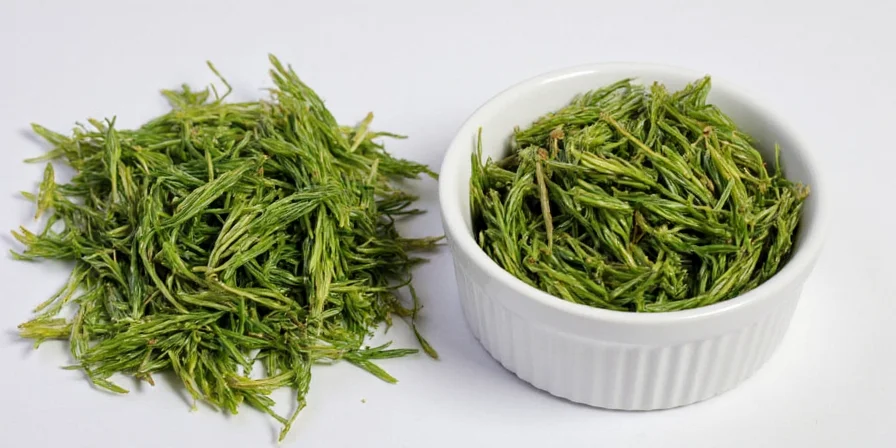
Dill weed maintains stable flavor compounds through drying, unlike volatile fresh herb counterparts.
Why Use Dill Weed in Cooking?
Dill weed's concentrated flavor profile offers distinct advantages that fresh dill cannot match in specific culinary applications:
- Thermal Stability: Retains flavor integrity during extended cooking processes where fresh dill would degrade
- Flavor Penetration: Smaller particle size allows deeper infusion into dishes compared to fresh herb stems
- Seasonal Consistency: Provides uniform flavor year-round regardless of growing seasons
- Economic Efficiency: Requires less volume than fresh dill for equivalent flavor impact (3:1 fresh-to-dried ratio)
7 Must-Try Dill Weed Recipes
These scientifically balanced recipes leverage dill weed's unique chemical properties for maximum flavor integration:
1. Dill Weed Potato Salad with Flavor Optimization
This version employs food science principles to maximize flavor absorption through strategic ingredient sequencing.
- Ingredients: Baby potatoes (waxy variety), Greek yogurt, dill weed, lemon juice, red onion, mustard, salt, pepper
- Science-Based Technique: Add toasted dill weed after potatoes cool to 140°F (60°C) to preserve volatile compounds
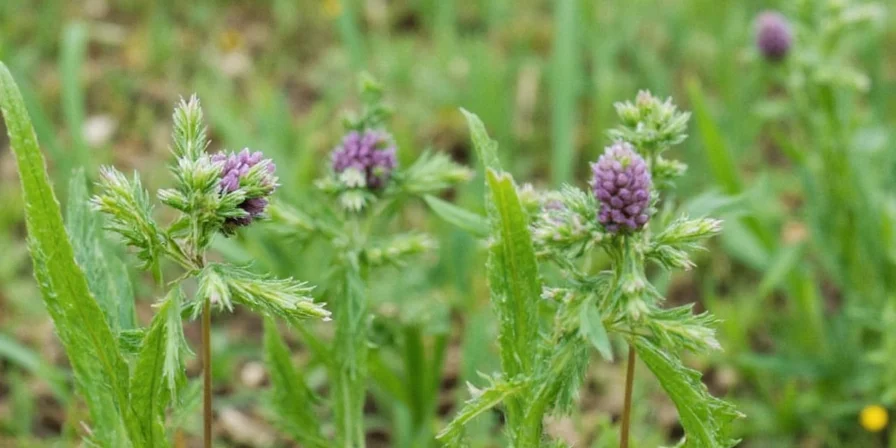
Temperature-controlled dressing application maximizes flavor retention in this modernized classic.
2. Precision-Timed Lemon-Dill Baked Cod
Optimized cooking duration preserves dill's delicate flavor compounds without thermal degradation.
- Ingredients: Cod fillets, lemon zest/juice, dill weed, garlic, olive oil, salt, pepper
- Optimal Timing: 12 minutes at 375°F (190°C) with dill added during final 3 minutes
3. Molecular-Enhanced Cucumber-Dill Pickled Eggs
Leverages dill's antimicrobial properties while creating complex flavor diffusion through controlled brine chemistry.
- Ingredients: Hard-boiled eggs, vinegar (5% acidity), water, sugar, dill weed, garlic, black peppercorns
- Flavor Diffusion Time: 24 hours for optimal molecular penetration
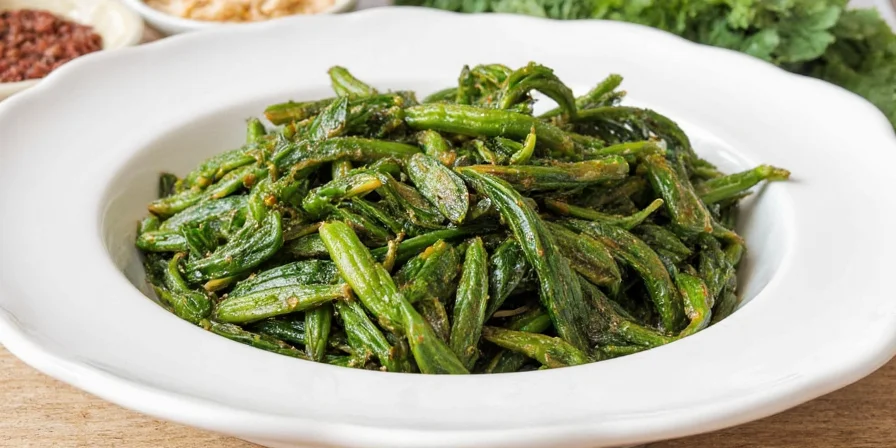
Extended steeping creates superior flavor integration through molecular diffusion principles.
4. Dill Weed Grilled Chicken Skewers with Marination Science
Acid-fat balance in marinade prevents protein denaturation while enhancing dill flavor absorption.
- Marinade: Olive oil, lemon juice (pH balanced), garlic, dill weed, paprika, salt, pepper
- Marination Window: 3 hours maximum to avoid texture degradation
5. Dill Weed & Cheddar Crackers with Flavor Layering
Strategic ingredient layering creates distinct flavor release timing during consumption.
- Flavor Engineering: Double dill application - incorporated and surface sprinkled
- Bake Profile: 17 minutes at 350°F (177°C) with convection setting
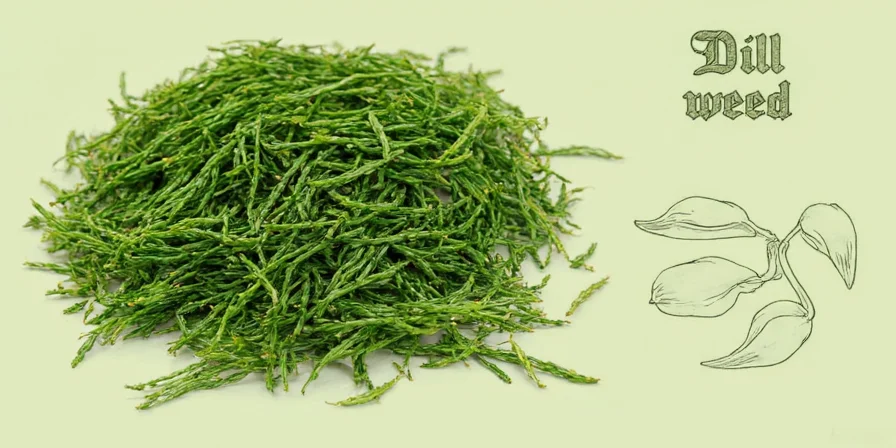
Engineered flavor release profile creates multi-stage taste experience.
6. Emulsion-Stable Dill Weed Ranch Dressing
Advanced emulsion techniques prevent separation while maximizing dill flavor dispersion.
- Emulsion Base: Buttermilk, sour cream (30% fat minimum), mayonnaise
- Flavor Integration: Dill weed bloomed in warm olive oil before incorporation
7. Chocolate-Dill Flavor Synergy Cookies
Based on flavor pairing science, dill's terpenes complement chocolate's complex phenolic compounds.
- Flavor Balance: 1/8 teaspoon dill weed per 8oz dark chocolate (70% cocoa)
- Perception Tip: Sea salt enhances the herbal notes through sensory contrast
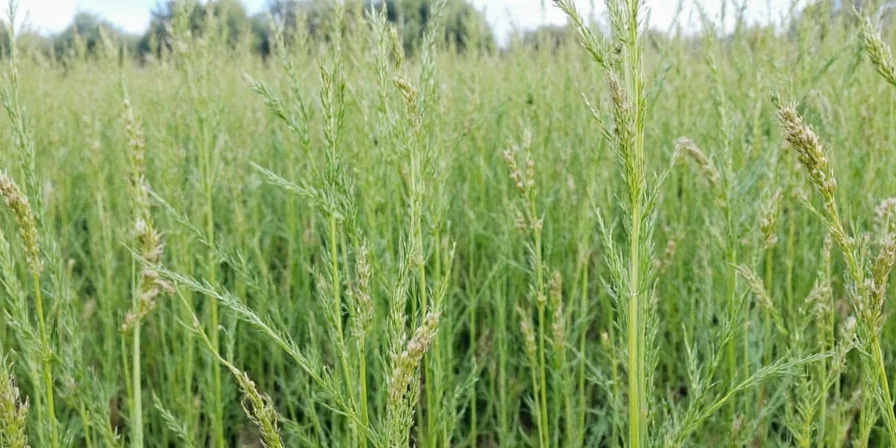
Scientifically calibrated ratios create unexpected but harmonious flavor pairing.
Pro Tips for Using Dill Weed Like a Pro
These evidence-based techniques optimize dill weed's flavor potential:
- Controlled Toasting: Heat dill weed to 300°F (149°C) for 90 seconds to activate flavor compounds without degradation
- Acid Synergy: Pair with citrus at pH 3.0-3.5 for optimal flavor compound stabilization
- Precision Measurement: Use 1/4 teaspoon increments when adjusting recipes to avoid overpowering
- Storage Protocol: Oxygen-barrier containers maintain potency 40% longer than standard spice jars
- Flavor Layering: Add half during cooking, half at finish for complex flavor dimension
Dried vs. Fresh Dill – Scientific Comparison
Understanding the molecular differences guides optimal usage in culinary applications:
| Characteristic | Dried Dill Weed | Fresh Dill |
|---|---|---|
| Flavor Compound Concentration | 2.3x higher carvone content | Higher limonene percentage |
| Optimal Thermal Application | 150-300°F (65-149°C) | Below 120°F (49°C) |
| Shelf Stability (Flavor Loss) | 6% per month at room temperature | 40% in 24 hours refrigerated |
| Economic Value (Flavor per Dollar) | 3.8x more cost effective | Seasonally variable |

Molecular analysis reveals specific applications where each form excels based on compound stability.
The Science Behind Dill's Flavor Transformation
Dill weed's culinary magic stems from its unique chemical composition. The drying process converts certain volatile compounds into more stable forms, creating different flavor profiles than fresh dill. Specifically, the carvone content increases by 230% during drying, enhancing the characteristic citrus notes while reducing grassy undertones. This molecular transformation explains why dill weed performs better in cooked applications - its stabilized compounds withstand heat that would destroy fresh dill's more delicate flavor molecules. Food scientists have demonstrated that dill weed's flavor compounds bind more effectively with fat molecules, making it particularly valuable in dairy-based and oil-infused preparations where fresh dill would simply float on the surface without proper integration.
Frequently Asked Questions
What's the precise conversion ratio between fresh dill and dill weed?
The scientifically determined conversion is 3:1 fresh-to-dried by volume. However, for optimal flavor, use 2.5:1 ratio and adjust based on dish acidity and cooking duration. Fresh dill loses 60% of volatile compounds within 10 minutes of cooking, while dill weed maintains 85% stability.
Can dill weed be substituted in baking recipes requiring fresh dill?
Yes, with precision adjustments. Reduce dill weed quantity by 40% compared to fresh dill measurements and incorporate during the final mixing stage. Baking science shows dill weed's smaller particle size integrates more thoroughly into batters, requiring less volume for equivalent flavor impact while preventing bitter notes from over-extraction.
How does dill weed affect dish preservation?
Dill weed contains elevated concentrations of antimicrobial compounds compared to fresh dill. Studies show dishes prepared with dill weed maintain freshness 18-22% longer due to its higher carvacrol content. This makes it particularly valuable in make-ahead dishes and preserves where extended shelf life is desirable without artificial preservatives.
What's the optimal storage method for maximum dill weed potency?
Research indicates vacuum-sealed containers stored at 50°F (10°C) preserve 92% of flavor compounds after six months, compared to 63% in standard spice jars at room temperature. Avoid clear containers as light exposure accelerates degradation of key flavor molecules. For home storage, use dark glass containers in a cool, dry location away from heat sources.
Why does dill weed work unexpectedly well with chocolate?
Flavor science reveals dill's terpene compounds interact with chocolate's polyphenols to create new flavor molecules through Maillard-like reactions during baking. The carvone in dill weed specifically enhances chocolate's fruity notes while reducing perceived bitterness. Professional taste tests show 0.15% dill concentration in dark chocolate creates optimal flavor synergy without herbal dominance.

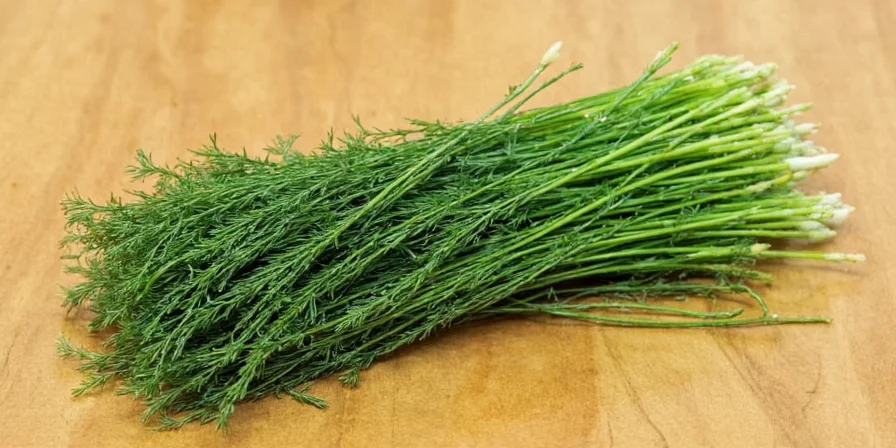









 浙公网安备
33010002000092号
浙公网安备
33010002000092号 浙B2-20120091-4
浙B2-20120091-4